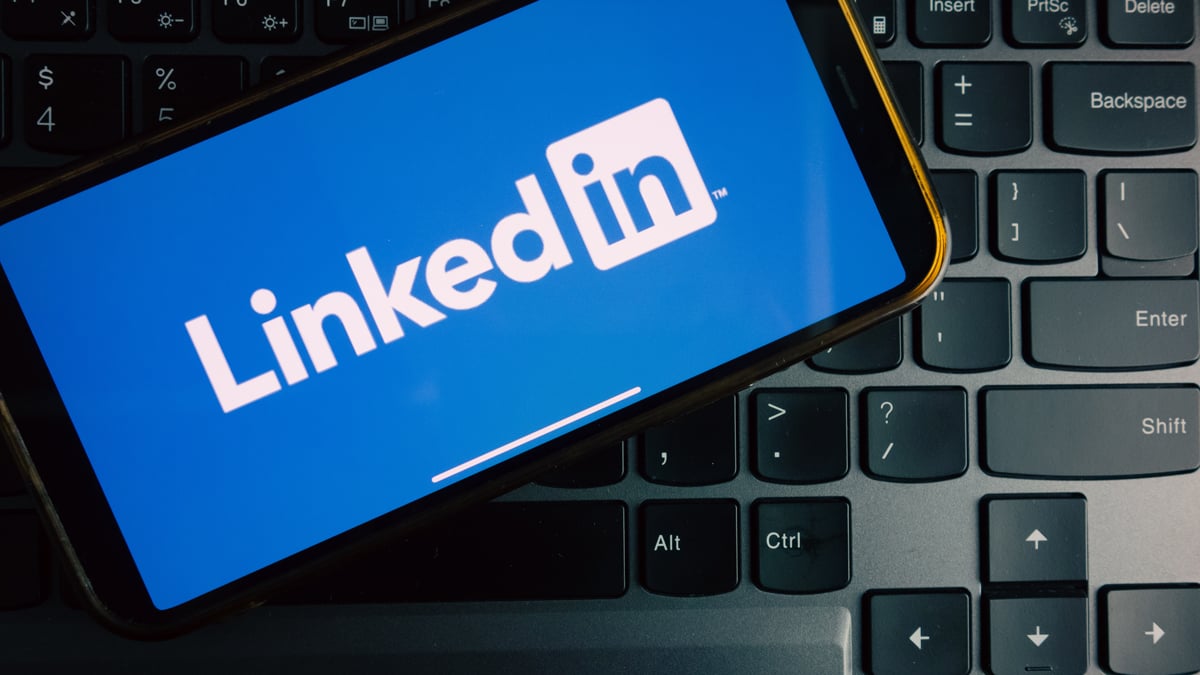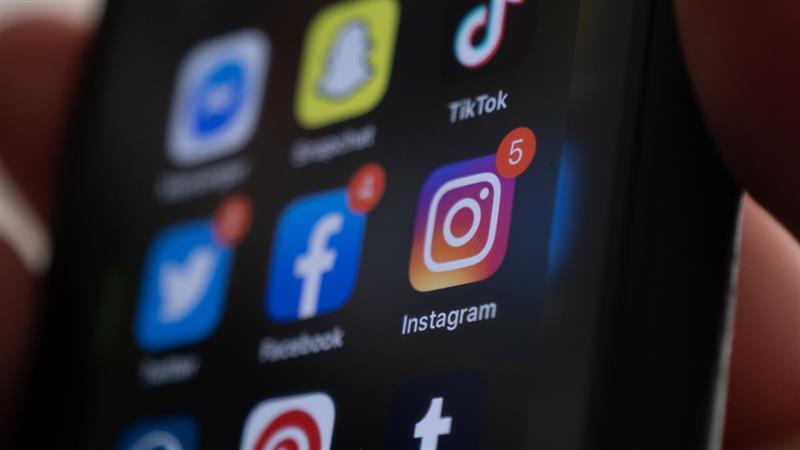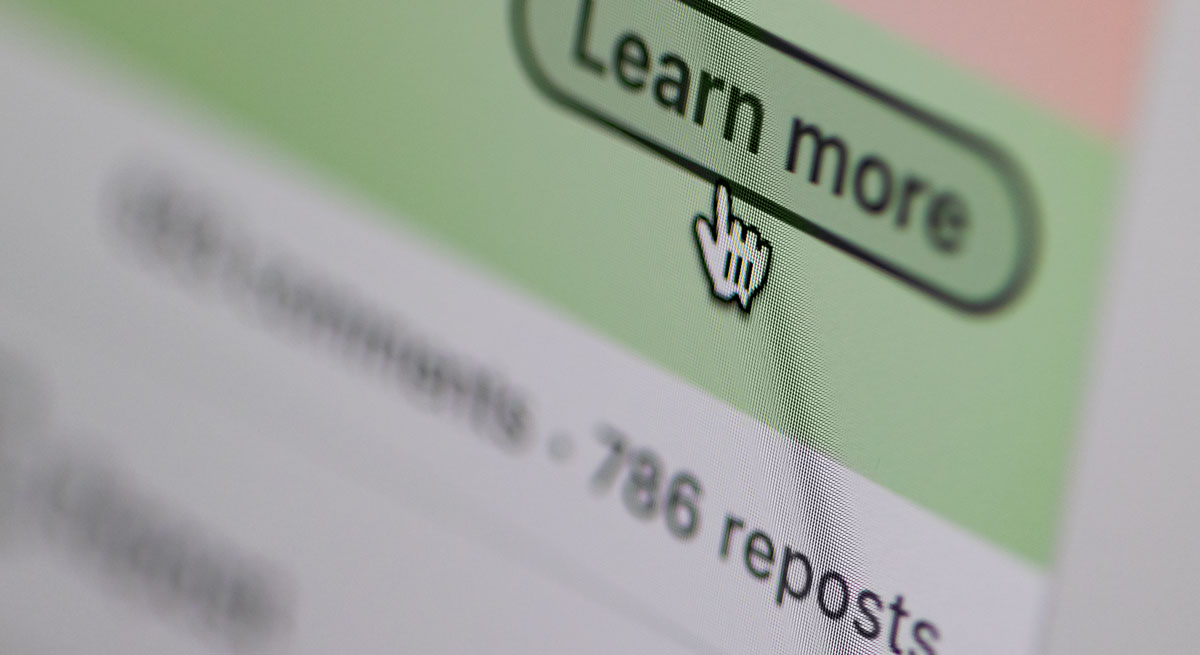Best Practices for Using Hashtags on Each Social Network
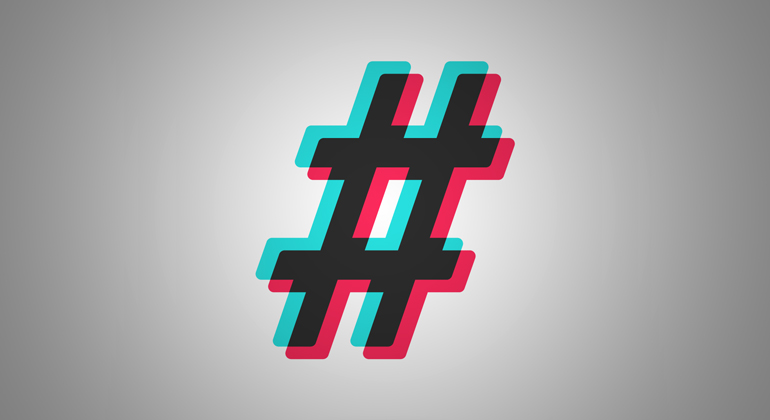
January 24, 2025
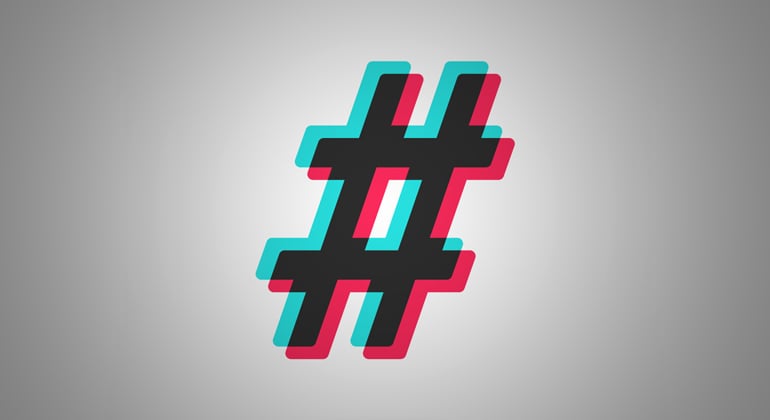 The hashtag was first brought to X (formerly Twitter) on August 23, 2007, when tech product designer Chris Messina made a tweet that proposed using the hash symbol (#) to group tweets into topics. Twitter, only a year old at the time, rejected the idea, but through Messina’s persistence hashtagging grew in popularity. This fueled Twitter to finally react in 2009, by hyperlinking hashtags so users could search for specific tags, making content much more discoverable. From there, hashtagging skyrocketed and spread to Instagram, then Facebook, and later LinkedIn.
The hashtag was first brought to X (formerly Twitter) on August 23, 2007, when tech product designer Chris Messina made a tweet that proposed using the hash symbol (#) to group tweets into topics. Twitter, only a year old at the time, rejected the idea, but through Messina’s persistence hashtagging grew in popularity. This fueled Twitter to finally react in 2009, by hyperlinking hashtags so users could search for specific tags, making content much more discoverable. From there, hashtagging skyrocketed and spread to Instagram, then Facebook, and later LinkedIn.
Today, you’ll see hashtags on just about every social network. Many businesses use them for branding and promoting content to reach more followers and increase engagement.
Expand the reach of your posts
If your post doesn’t mention a specific topic but is about one, it’s good to include a hashtag of the topic keyword/s so the post is included in the feeds of users who follow or search for that tag. Then anyone interested in that topic—not just your followers—will potentially view or find your post in search results. This also has SEO benefits, since many people do Google searches for specific hashtags.
General guidelines for hashtag use
There’s no one-size-fits-all approach when it comes to hashtagging. Best practices depend on the objectives of your post, the social platform being used and more. However, there are still good guidelines to stick to.
1. Research the hashtag. Before settling on a word or phrase for your topic, research it to ensure you use the most effective keyword/s. This is also important so you don’t accidentally use a hashtag that’s being used in a different context than you intend.
2. Gauge audience interest. Browse trending and popular tags related to your topic, as well as what industry influencers and competitors are using to see what tags your audience engages with.
3. Don’t overuse them. Too many hashtags overwhelm your audience, appear spammy, and actually decrease engagement. Remember, the goal isn’t to be seen by a lot of people, but by the right people.
Best practices across different social platforms
X (Twitter)
A study done by Twitter showed that brands that include a hashtag in a tweet received 50% more clicks, retweets, favorites or replies. While hashtags are extremely effective on X, it’s important to monitor how many you use. Using 1–2 hashtags can double engagement, but when 3 or more are used, engagement actually has been shown to decrease by 17%.
The only time hashtags have been shown to have a negative effect on X is on advertisements. X released a report showing that direct response ads that don’t have a # or @ mention generate 23% more clicks. That's because adding a hashtag link to an ad offers viewers a second exit point, distracting them from your main CTA.
On Facebook, less is more. Hashtags are clickable and can increase your post’s exposure, but studies haven’t found any notable impact on engagement. This is likely because Facebook search doesn’t prioritize hashtags over regular search items. They’re also harder to monitor on Facebook since most user accounts are private.
Best practices are to use hashtags on Facebook if the post is part of your social campaign or about a trending topic—but stick to just one or two per post.
There was poor user response initially to using hashtags on LinkedIn, but that changed when LinkedIn made tags searchable in 2018. Now using them can give your posts much better visibility since that’s one way users discover content and you don’t need to be connected for them to view it. There’s currently no limit to how many can be included per post, but LinkedIn recommends using no more than three. Leverage broad and niche hashtags for increased exposure, and keep them work-appropriate. Always check spelling as well since they’re often overlooked when proofing.
Strategically adding hashtags to your company’s profile and summary can help your page get found better. They don’t rank any higher than regular keywords though so don’t overuse them and disrupt copy flow. Instead, consider placing them at the end of the summary to help you rank for relevant keywords you didn’t mention or want to call out specifically.
Instagram is the one platform where using a lot of hashtags isn’t a concern—as long as the hashtags are relevant. Users can include up to 30 hashtags in a post, and the platform actually encourages using as many as applicable. One study found that posts that included more than 11 hashtags got the most engagement.
While hashtagging is very beneficial on Instagram, you need to be careful not to use irrelevant hashtags or be too repetitive. Instagram has a feature where viewers can select “Don’t Show for This Hashtag” for any post they don’t like or think is irrelevant to their search. When posts are flagged, the content will be shown less or not at all.
Users can click on hashtags to view a feed of all pins that share that hashtag, with the newest pins being shown first (versus other platforms which typically show most popular posts first unless the user filters by date). You can include up to 20 hashtags per Pin, but don't overdo it. Try to use no more than 5—using more than that is likely unnecessary. Remember, the purpose is to ensure your post is promoted under the right topic, not to spam irrelevant topic feeds.
Be specific and descriptive in your hashtags. Include a brand hashtag if you have one and use a combination of broad and niche tags. As with other platforms, you’ll get suggestions as you start typing “#” followed by characters. This autocomplete function can help you explore the hashtag and related options to make sure the search results for that content is relevant to what you’ll be posting.
TikTok
Including hashtags in a TikTok video is a must since that’s how users not only search for content but create and respond to challenges and trends. TikTok’s algorithm recognizes video content based on hashtags and analyzes what your profile is about based on all the ones you use. If users often watch videos with similar content, TikTok will put your videos in their Explore feed, helping you not just reach more viewers, but the right viewers.
As you use hashtags across social media to increase exposure and engagement, remember to focus on business objectives and targeting the right audience first—good content is simply good creative. Determining relevant hashtags will come naturally after that.

